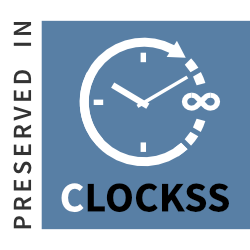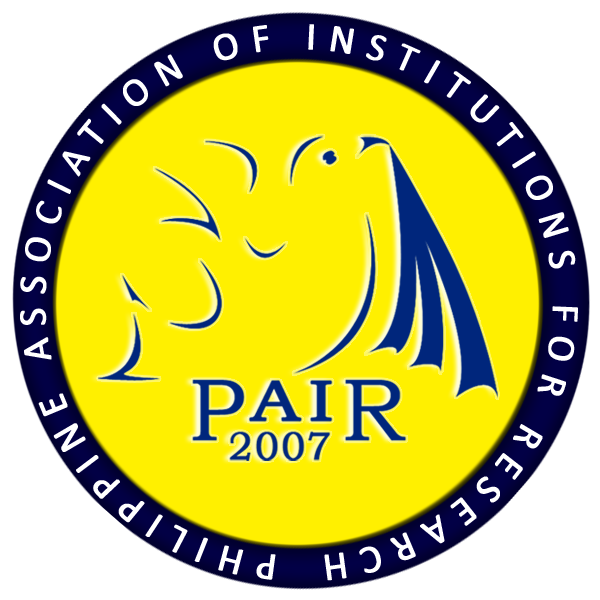Dialects, Beliefs and Practices of the Tinguians of Abra
DOI:
https://doi.org/10.7719/jpair.v6i1.137Keywords:
Tinguians, Ethno-Linguistic Dialects, Cultural Practices, Traditional Beliefs, Abra, PhilippinesAbstract
This descriptive research identified the dialects,beliefs and practices of the Tinguians in Abra utilizing a questionnaire - checklist coupled with personal interview and ethnography. Of the twentyseven (27) municipalities of Abra, onlytwenty-two (22) speak the eleven (11) Ethno linguistic dialects: Adasen, Balatok, Banao, Belwang, Binongan, Gobang,Inlaud, Mabaka, Maeng, Masadiit and Moyadan; while Fourteen(14)municipalities speak the Inlaud dialect. Courtship was never practiced. Tani was the mode of marriage. The Danon was done on moonlight nights. The Sab-ong was discussed when the marriage was set. One is assigned for the Billite to all the relatives and friends when the marriage was set. The deads were not embalmed, thus, bagungon lasted only for three days. Somebody does the Beccaang to the relatives and friends about the death of a relative. Taradyo was collected. Tadek was danced during marriage and burial. Uggayamand Salidummay were chanted during death and danon. The deads were buried in the yards, under the houses orstairs. Balliwes was danced after the burial. Golgol was done a day after the burial. Today, Bagungon, Taradyo,Waksi and Tadek are still practiced. Tani, Danunand Sab-ong are no longer practiced. Billite and Beccaang are now obsolete ways of information during marriages and death of their relatives. Deads are already buried in cemeteries.
Downloads
References
Begnalen, N.B. (2009). ”Mapping and Inventory of the Tingguian Ethno-Language” (Published Research) Research Journal, Abra State Institute of Sciences and Technology. Vol.7 No. 1 June, Lagangilang, Abra, Philippines.
Downloads
Published
Issue
Section
License
Copyright (c) 2011 Digna Jocelyn L. Abaya, Marciana P. De Vera, Manuel A. Bajet

This work is licensed under a Creative Commons Attribution-NonCommercial 4.0 International License.
Open Access. This article published by JPAIR Multidisciplinary Research is licensed under a Creative Commons Attribution-Noncommercial 4.0 International (CC BY-NC 4.0). You are free to share (copy and redistribute the material in any medium or format) and adapt (remix, transform, and build upon the material). Under the following terms, you must give appropriate credit, provide a link to the license, and indicate if changes were made. You may do so in any reasonable manner, but not in any way that suggests the licensor endorses you or your use. You may not use the material for commercial purposes.




















